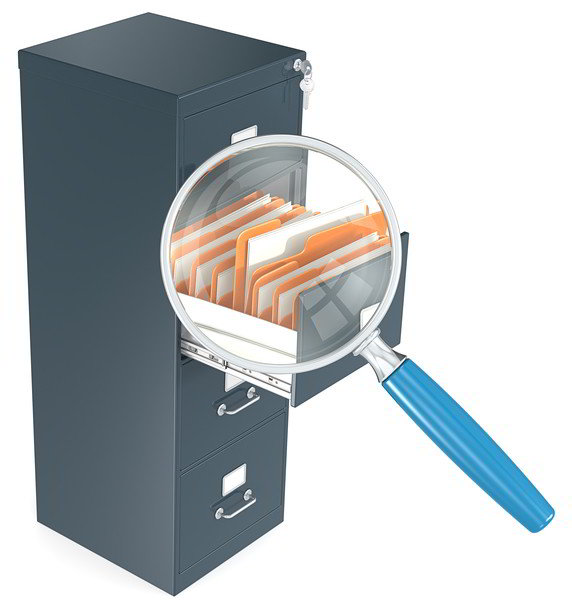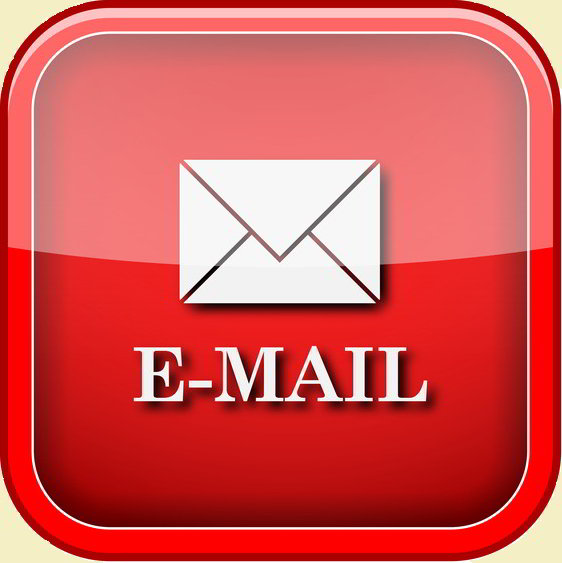Going Paperless with your Genealogy Research

We have all been hearing about the promise of the “paperless office” for what seems like decades now. Just because little progress has been made in the office does not mean you can’t reach the goal of going paperless with your genealogy research.
Aren’t you tired of dealing with all the paper that goes along with genealogy research? The piles, stacks, boxes and filing cabinets stuffed full of paperwork that you rarely ever look at. Truthfully, do you think you could retrieve something quickly from your paper archive if you really needed to?
The reason why going digital works in genealogy when it fails so miserably in the office environment is that genealogy tools support a tight linkage between an ancestor and their data elements. When data is grouped in this way retrieval is completely intuitive. Lookup the ancestor, view their records, pictures, story, research notes, etc. The business world suffers from using awkward, time consuming, and frustrating searches for documents that defeat the purpose of going paperless in the first place.
Breaking the Addiction to Paper
If you are like me, you have somewhat of an addiction to paper. Viewing a document on a screen is no match for the tactile feel of a document in your hands. The first step to breaking an addiction is to admit you have a problem.
In the early days of my genealogy research, I considered obtaining a paper copy of a record as the gold standard of research. With a hardcopy in hand, I had solid proof of my findings and I faithfully filed the record away in a filing cabinet. Old habits die hard, but I realized along the way that a digital copy of a record is just as good, maybe even better than the paper version. After all digital storage is cheap and efficient: I can fit thousands of digital documents on a thumb drive that can easily fit in my pocket. Try that with a filing cabinet of paper copies.
Technology Revolution
Times change and the tools available to the modern genealogist are light years ahead of what they were even one short decade ago. Most significantly, the prevalent use of the Internet as a research tool has changed the landscape of genealogy forever. Now, billions of indexed record images with appropriate source citations are available at places like Ancestry.com and FamilySearch.org at the touch of a mouse button. You don’t even have to store the records on your computer, just attach them directly to a person on your online tree.
Challenges and Solutions
We are now at a point in time where going paperless is well within our reach, but challenges do exist. One problem is that, with all the billions of records now available online, only a small fraction (estimated at about 5%) of the total universe of documents are indexed and available. Therefore, trips to courthouses and archives in the vicinity of where your ancestors lived are still required to do thorough research. Old school onsite visits or equivalent ways of requesting photocopies of records still have their place in modern genealogy.
That does not mean that you can’t stick to the paperless paradigm; it just means that you either scan the documents to digital images at their source using a mobile scanner or scan in the documents in their paper form and then toss the paper version. Most multi-function printers now have a flatbed scanner built in which is perfectly capable of creating high resolution images right from your paper copies.
What about my pictures, original documents and books?
There is no need to get hung up on the concept of being 100% paperless when 95% paperless makes so much more sense. All of your artifacts can be scanned into images using a flatbed scanner. But, what is the sense in scanning every page of a family history book and then throwing out the book? Pictures and original documents can be digitized, but don’t throw the originals out if they hold special meaning. It is important to not get hung up on the total elimination of paper.
What could go wrong?
Like the old adage says: If you put all your eggs in the digital basket, then you need to watch the basket like a hawk. That means protecting your digital assets is of paramount importance (i.e. backing up your data regularly and reliably). If you are of the mindset that because you store your data in “the cloud”, that it is safe and secure and no more attention needs to be paid, you may be in for a shock. Your data is stored on someone else's storage device of which you have no control.
Although rare, there can be outages and hardware failures resulting in data loss at your cloud vendor. You could lose your password or worse yet have it stolen by hackers. The biggest danger with paperless genealogy is that a lifetime of work can be wiped out in a matter of seconds. Don’t let that happen to you by keeping multiple levels of backups and storing them at different physical locations.
Final Thoughts on Going Paperless
By implementing a simple change in how you handle your
documents, going paperless is now well within reach of most genealogists. When you get a paper record, scan it, file
the digital copy and then throw away the paper.
Once you are comfortable that digital images are the way to go, the rest
is easy. After all, you can turn an
image back into paper with the simple act of printing it. Why not give going paperless a try?
Read related articles: Best Practices
Beginner
Guide
Genealogy Quick Start Guide for Beginners
Applying the Genealogy Proof Standard to your Research
Google Genealogy Research Toolbox
Find Records
Researching Ancestors through Military Records
Using the National Archives (NARA) for Genealogy Research
Using U.S. Census Records
Canadian Genealogy Research using the Internet
Tips
Genealogy Source Citations Made Easy
Listening to Genealogy Podcasts Made Easy

